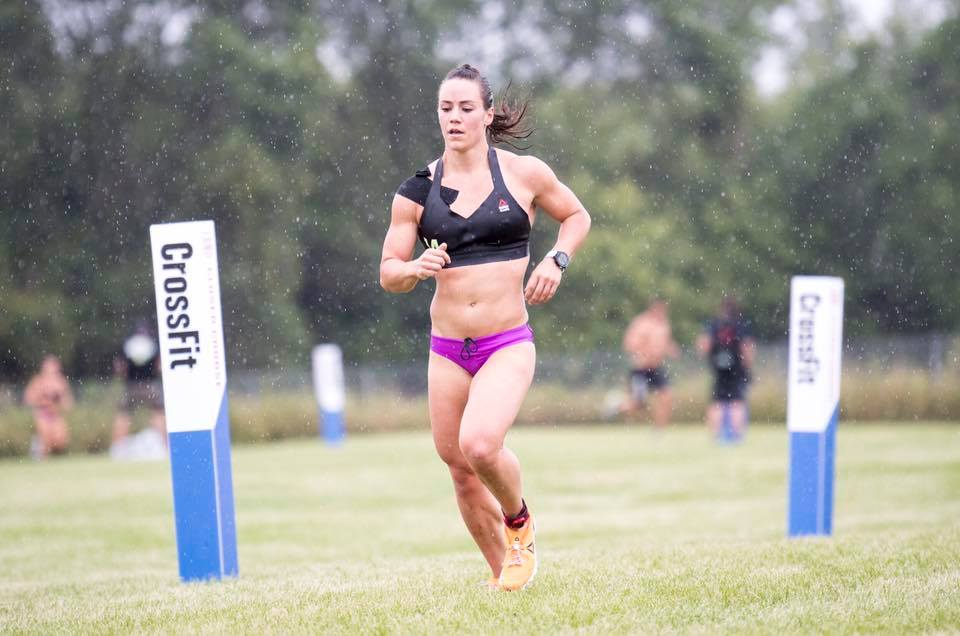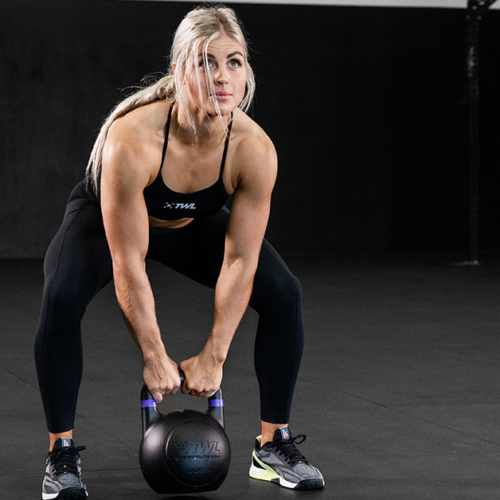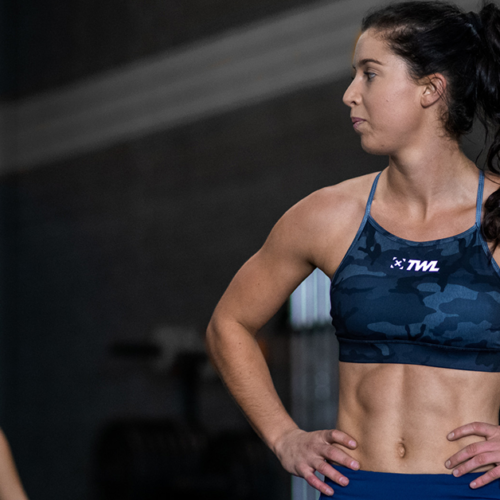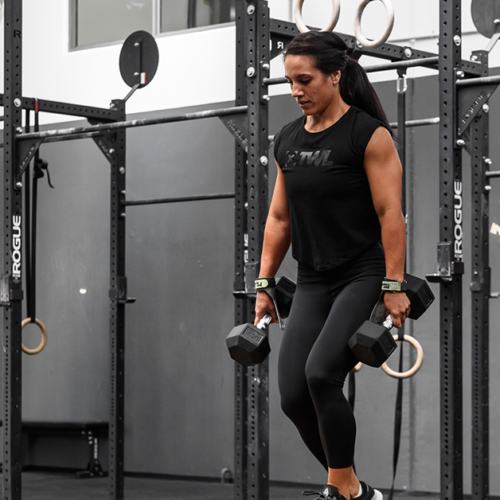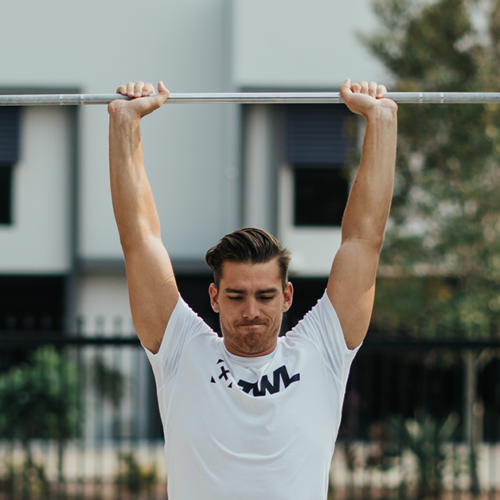Without physical stamina, you can kiss any podium finishes goodbye. If you want to be the best athlete you can be, make improving your physical stamina a top priority.
What Influences Physical Stamina?
Physical stamina boils down to aerobic endurance and muscular endurance. Aerobic endurance is your body’s ability to provide your muscles with oxygen during a sustained physical activity. Muscular endurance is your muscles’ ability to perform movements continuously without fatigue.
When you are working within your aerobic capacity, your body processes energy using the oxygen flowing through your cardiovascular system. Once your cardiovascular system cannot keep up with the body’s need for oxygen, your body switches to processing energy anaerobically (meaning without oxygen). The anaerobic process leads to a higher output of lactic acid. As your body falls behind in removing the lactic acid, it builds up in your bloodstream and causes the burning sensation that accompanies muscle fatigue.
View this post on Instagram
In order to improve your physical stamina, you need to improve:
- Your aerobic capacity, by increasing your cardiovascular system’s ability to uptake oxygen and deliver it throughout your body.
- Your lactate threshold, by strengthening your body’s ability to remove lactic acid from your bloodstream and use it for energy.
Using Lactate for Energy
Contrary to popular belief, lactic acid (or lactate) does not mark the end of a good workout. A series of studies done at the University of California at Berkeley found that the body uses lactate for energy, but the process requires oxygen.
Thus, if you improve your aerobic capacity, it will take your body longer to switch to anaerobic, and once it switches, your body will have a greater ability to convert lactate into energy.
5 Workouts to Improve Stamina
1. Running
View this post on Instagram
By varying your distances and speeds, you can use running to improve both your aerobic capacity and your lactate threshold. Long, monostructural workouts — e.g., jogging for 75 minutes — challenge your endurance and demonstrate your aerobic capacity. If your legs are burning, your body has switched to the anaerobic phase.
Sprint intervals have been found to improve VO2 max, or the amount of oxygen your lungs take in with each breath, which leads to a stronger aerobic capacity. To improve your lactate threshold at the same time, do some light accessory work between sprints. Sprinting is an anaerobic exercise, so your body will start producing lactate sooner than during a long, slow run. By pushing yourself into lactate production and working through it, you will improve your body’s ability to convert lactate into energy.
2. Swimming
View this post on Instagram
Like running, swimming can be done in long, slow sessions or intervals with prescribed rest times. It’s less taxing on the joints and feet, making it ideal for those with foot and knee issues. Swimming forces you to find a rhythm with your breathing, which should carry over into the rest of your workouts.
3. Work on Your Weaknesses Under Fatigue
This does not mean trying to PR your one rep max snatch after destroying (or getting destroyed by) Fran. But immediately after a hard metcon, grab a PVC and practice a lift you find difficult to do when you are tired. This will help your body adapt to executing that particular movement under fatigue.
4. Increase Your Volume in Metcons
If there are less than 50 total reps of a lift in a metcon, choose a weight that is 75% of your one-rep max. If there are 50 to 100 reps, use a weight that is 50% of your one-rep max. Go heavier, maintain your form, and do your best to keep up the intensity. In order to increase your muscular endurance, you have to get uncomfortable.
View this post on Instagram
5. Increase Time Under Tension
Don’t just do 5- to 20-minute metcons. Lower the intensity and work slowly and steadily for 45 to 90 minutes without any breaks. Use these sessions to test and challenge your endurance. Keep track of your progress over time.
Although the mental game is part of endurance, your body’s ability to continue performing through the end of a workout or competition depends on biological realities. To improve your physical stamina, you need to increase both your aerobic capacity and your lactate threshold. The stronger these abilities are, the longer you will last before fatigue completely takes over.
Don’t forget to check out our blog to learn more about the benefits of sprinting.




